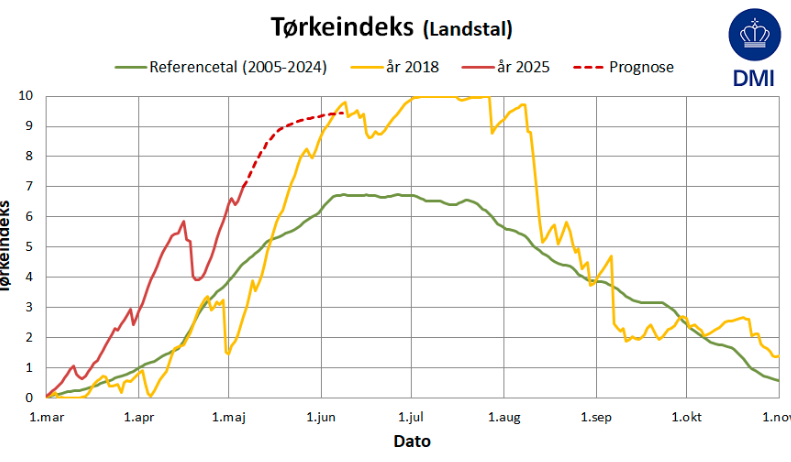This is not the first time that ‘Napoli’ has been staged by the Royal Danish Ballet. The romantic story, which is also known as ‘The Fisherman and his Bride’, was choreographed and created by August Bournonville (1805-79) and performed for the first time in 1842.
Bournonville wrote 50 ballets in his lifetime, of which 10 are all still being performed today. Today the Bournonville style is taught and produced all over the world.
The new version
The collaboration between the artistic director of the Royal Ballet, Nikolaj Hübbe, and director Sorella Englund has set the classic ballet in a cinematic universe. Inspired by Italian film director Federico Fellini, the ballet takes place in a different era than the original: the 1950s. All the usual suspects are there: leggy blondes, Vespas, a sleek Italian man with a shirt opened low and greasy hair, and an actual live dog.
The most impressive element of this version is how the inspiration from Fellini blends in with the whole ballet, as 35 performers, supported by some beautiful scenery communicate using silent movie gestures. In the first act a canvas screen shows the title of the ballet like it’s the beginning of a movie. Later, as the lovers are departing on a white Vespa to their honeymoon, the same screen closes the show with the word ‘Fine’. Englund uses her experience in video and incorporates it into her work.
Nevertheless, despite the modernity of the setting, the old Bournonville style is consistent through. The dancers’ movements are soft, smooth and fluid. This work especially well in the second act, which is underwater. Bournonville wanted his male dancers to be more than mere ‘lifters’, and there are accordingly plenty of male solos – particularly in the second act when the evil Golfo swings in and out of the pack of female dancers dressed in green.
The scenery plays a large part, with every corner of the stage furious with activity. The aforementioned movie screen in the background shows us a vista of the Visu volcano overlooking the harbour in the first and thirds acts, and an underwater lair in the second act, with the dancers interacting with the action on the screen throughout.
The story
A young Italian woman, Teresina (performed for the first time by US dancer Holly Jean Dorger), has fallen in love with the fisherman Gennaro (Jonathan Chmelemsky). Teresina’s mother tries to keep the lovers apart, so they end up running away – unfortunately by sailing into a bad storm. Only Gennaro returns, and he then decides to swim out to find his beloved.
For the second act we are taken to an underwater cave where Teresina has fallen into the arms of the water creature Golfo (representing death and danced by Benjamin Buza) and his green water women. Teresina becomes one of the women and forgets her past, so when Gennaro shows up, she does not recognise him until he dances with her and gives her a silver heart she gave him in the first act. A fight between Golfo and Gennaro ends the second act as Teresina and Gennaro return to the surface.
We won’t reveal what happens in the third and final act. There might be a wedding and, who knows, some gatecrashers. You’ll have to watch it yourself to find out.














